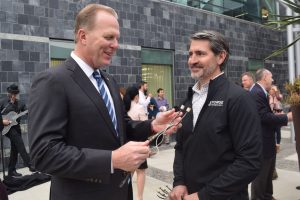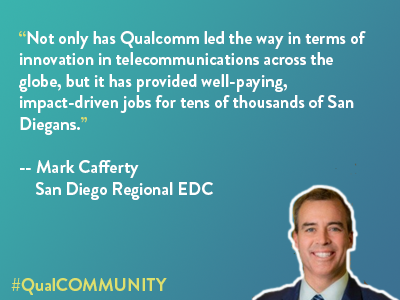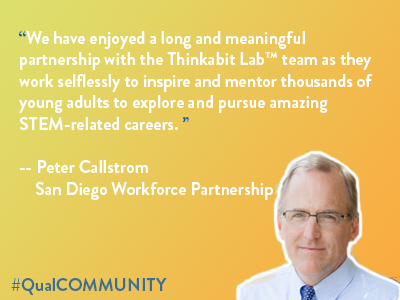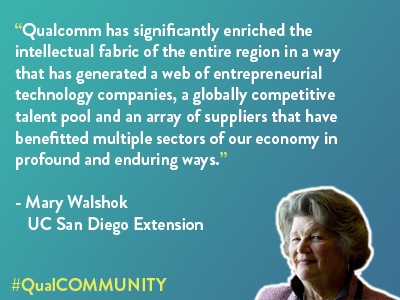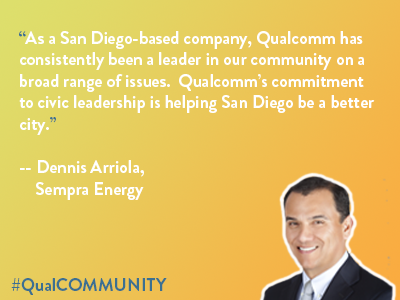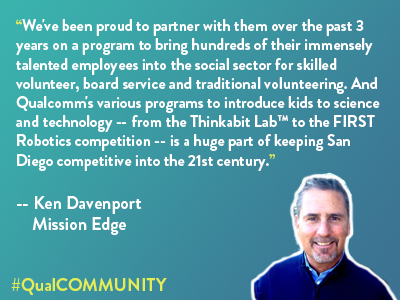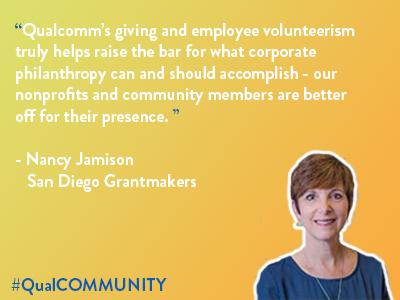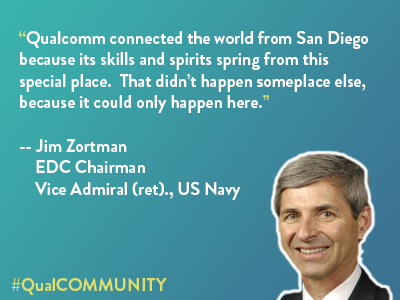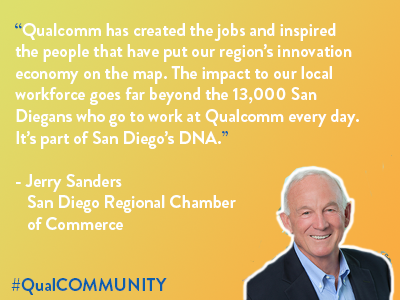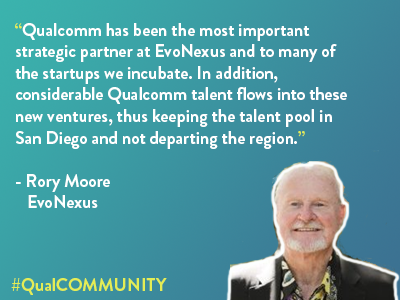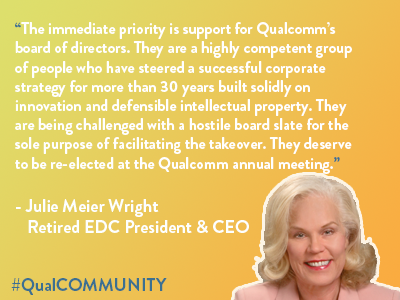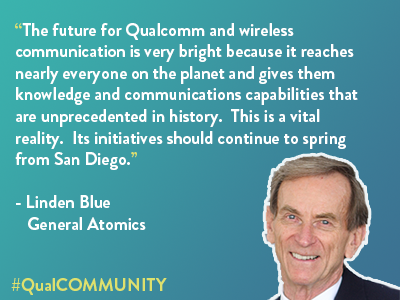“Why Economic Inclusion is Crucial To San Diego,” was originally published on GlobeSt.com. Reporter Carrie Rossenfeld interviewed Cynthia Curiel of Northrop Grumman.
It’s vital that San Diego employers act to close the minority-achievement gap, equip small businesses to compete and address the affordability crisis, Northrop Grumman’s Cynthia Curiel tells GlobeSt.com.
San Diego Regional EDC recently launched a data-driven initiative to drive economic growth and inclusion in the region. Catalyzed by San Diego’s participation in the Brookings Institution’s Metropolitan Policy Program learning lab in 2017, EDC released research that highlights the region’s economic pain points and necessity for an employer-led approach to tackling inclusivity issues. Simultaneously, the organization held a program called “Future of Growth: the economic case for inclusion,” with keynote remarks by Amy Liu, Brookings Metropolitan Policy Program.
“Despite record-low unemployment and a renowned innovation ecosystem, San Diego has an inclusion problem that cannot be ignored,” said Mark Cafferty, president and CEO of San Diego Regional EDC, in a prepared statement. “Small businesses cannot compete with larger corporations, while one million people cannot afford to live here. This initiative is a call to action for San Diego’s employers – we must come together to bridge the gaps in our economy.”
Convened by EDC, a steering committee of local employers will work to create an actionable platform to achieve three goals: close the minority achievement gap; equip small businesses to compete; and address the affordability crisis. The committee consists of nearly 40 local employers including Northrop Grumman, Solar Turbines, Sempra, Thermo Fisher Scientific, San Diego Padres and more.
We spoke with Curiel about why economic inclusion is so vital for our region, what some of the best practices for inclusion are and advice she would give to other companies about inclusivity.
GlobeSt.com: Why is economic inclusion imperative for growth internally and across the region?
Curiel: Our nation is facing record-low unemployment rates. At face value, this is good news—it means people are working and the economy is producing, but it also means that employers and regions are facing intense competition for skilled talent. While it is important to ramp up talent-attraction efforts, we also must look to incubate a local talent pool. However, when looking at our current economic realities, this is a difficult feat for San Diego to accomplish. For starters, San Diego is an expensive place to live, with the fourth-highest cost of living in the nation.
Secondly, small businesses are the backbone of San Diego’s economy. More than 98% of our businesses are small businesses (under 100 workers). On average, small businesses pay 20% lower wages than their peers, making it more difficult to compete for talent. Lastly, although there may be an abundance of jobs in the innovation economy, there is a shortage of skilled workers to occupy them. Hispanics are the largest and fastest-growing demographic population in San Diego, yet are statistically the least prepared for high-skilled, high-wage careers, with only 15% holding at least a bachelor’s degree.
The compounded impact of a high cost of living, small businesses that cannot afford to pay competitive wages and low educational achievement in our fastest-growing population have created a problem that if ignored, will undermine San Diego’s regional competitiveness. While the answer is not easy or straightforward, it’s vital that San Diego employers act to close the minority achievement gap, equip small businesses to compete and address the affordability crisis.
GlobeSt.com: What are some best practices for inclusion in this sense?
Curiel: Simply put, the face of our workforce needs to reflect the face of our nation. At Northrop Grumman, we believe that fostering diversity and inclusion in our workforce and workplace is pivotal to promoting innovation and increasing productivity and profitability.
We offer a wide range of programs and activities turning our leadership focus on diversity and inclusion into tangible reality for our people from programs that cover education, employee-resource groups and work/life balance assistance, to name just a few.
We believe that a diverse workforce is a stronger and higher-performing workforce that results in more-engaged employees, which drives greater creativity and innovation into our business, resulting in more-impactful outcomes for our customers.
We want our employees to be comfortable bringing their authentic selves to work every day, which ultimately makes our company stronger, more resilient and more unified when faced with challenges in a rapidly changing and competitive world where we need everybody pulling together.
We also hire and mentor our nation’s wounded warriors through Operation Impact. By investing in underrepresented groups, we are not only enabling individuals to reach their full potential, we’re also leveraging untapped resources full of unique experiences, ideas, knowledge and skills to make our company, our culture and our products better.
We also know that in order to grow and diversify the talent pipeline, we need to inspire STEM- curious minds at an early age and that’s where our work starts. We partner with school districts and non-profit organizations in a deliberate effort to reach K-12 students from underrepresented communities throughout San Diego County. Some of our strategies include bringing kids on campus for hands-on STEM activities and high school internships, sending our engineers into the community to talk about their careers and providing direct financial support to public schools and non-profit organizations with engineering and technology-based programs.
Through the Northrop Grumman Foundation, we are able to expand our reach as we work to connect youth to STEM careers and provide professional development resources for their teachers. Each year we send students and educators from local school districts to Space Camp in Huntsville, AL. Through the Foundation’s Fab School Lab program, Harriet Tubman Charter and the Del Dios Academy of Arts & Science both received $100,000 grants to build state-of-the-art science labs at their schools. For the past few summers, we have hosted local middle-school teachers with a focus on science and technology at our sites in San Diego for a two-week externship where they develop lesson plans based on “real world” applications of STEM principles. In addition, to extend our pipeline of talent through college, graduation and into the workforce, we have robust programs in place where we build direct relationships with some of the most talented engineering students in the country. We are focused on a number of target colleges, including those right here in San Diego, such as San Diego State University and University of California San Diego. This ensures that we are harnessing the strength of our local talent; we are hopeful that by engaging with students at a younger age, they will be inspired and excited by the broad range of opportunities that Northrop Grumman and other local companies offer once they enter the workforce.
GlobeSt.com: What advice would you give to other companies that are looking to be more inclusive?
Curiel: An investment in your community is an investment in your company. It’s no secret that San Diego is home to some of the brightest minds in the world, especially given the life-changing technology and life-sciences developments taking place. But just think of how many more brilliant minds there would be in our local talent pool if employers embraced diversity and provided the same resources and opportunities to San Diegans in disadvantaged parts of our region. Creating training programs and educational opportunities in these communities is just one way to promote inclusion, develop local talent and create lifetime advocates for your company. So, take a look around. Your next top engineer or scientist could be waiting for you to give them the tools to help them get there.
GlobeSt.com: What else should our readers know about the EDC’s recent inclusive- growth event?
Curiel: We must recognize that the issue of inclusion is, in fact, an economic imperative and must be systematically addressed by employers and policy makers—not simply left to philanthropy. As San Diego employers, it is our job to embrace the different pathways and experiences of this diverse workforce and use it to our advantage. The Inclusive Growth event included a keynote from the Brookings Institute’s Amy Liu, San Diego Regional EDC’s Nikia Clarke and various members of this initiative’s steering Committee, of which I am very proud to be a part. Over the next year, we will be releasing research and recommendations that together create a platform for inclusive economic growth.
It’s not just about creating more jobs; it’s about creating a trajectory of higher growth that comes from increasing the productivity of our local workforce. This won’t happen overnight, but I believe that together we will overcome these challenges head-on and create a better San Diego in which all can thrive. And we will be a better San Diego because of it. Follow along at #inclusiveSD and sandiegobusiness.org/inclusivegrowth.

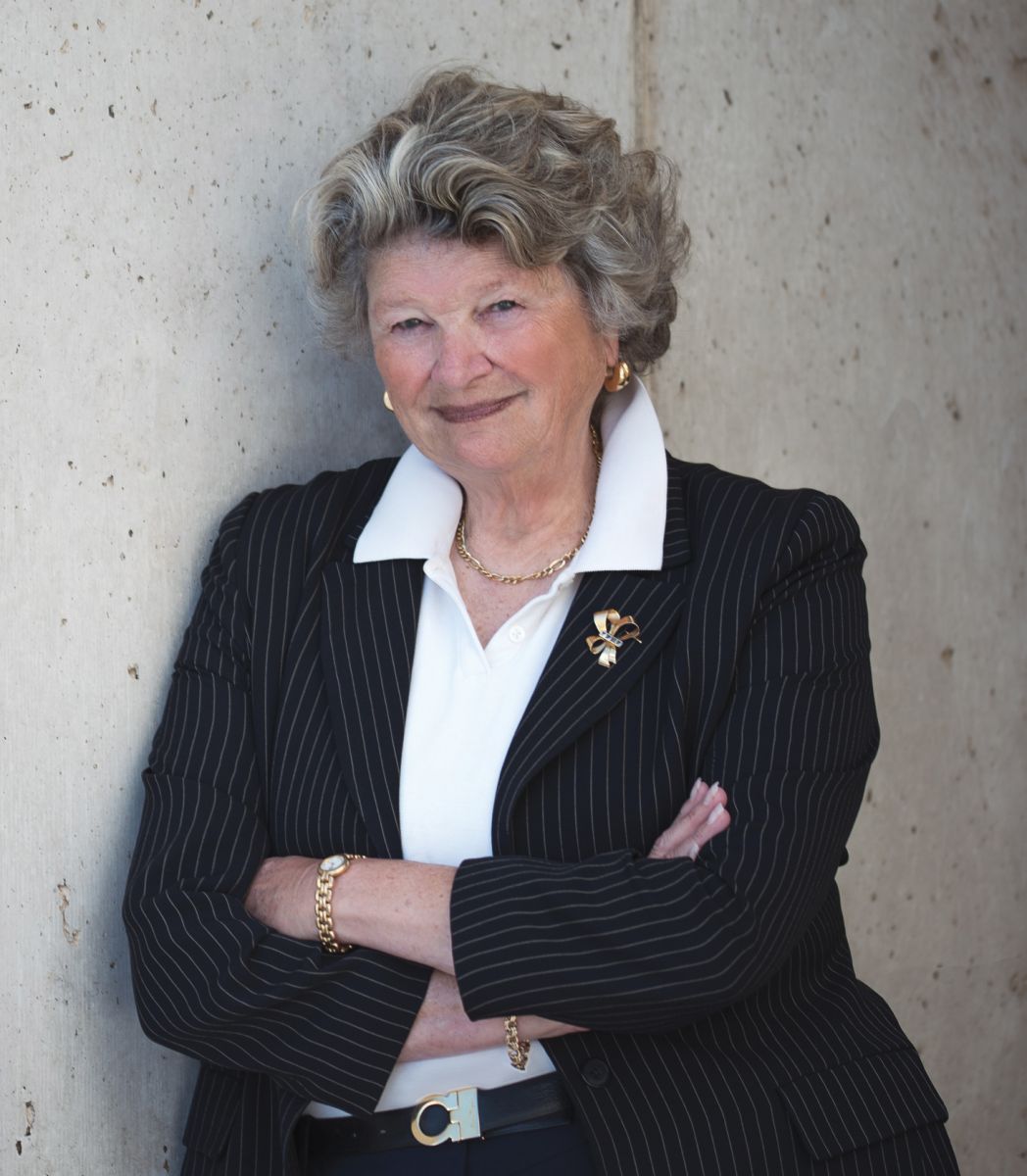
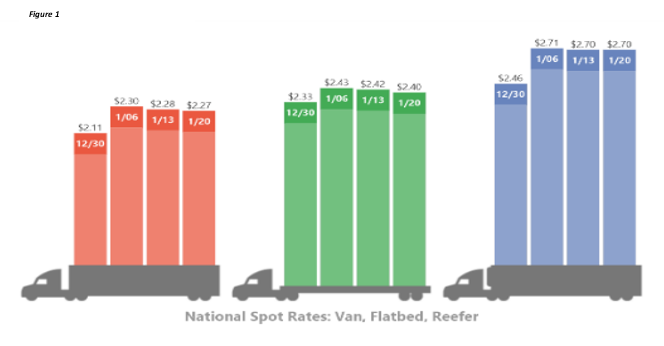


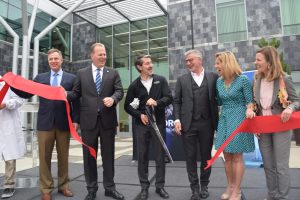 World Trade Center San Diego and EDC first learned of
World Trade Center San Diego and EDC first learned of 